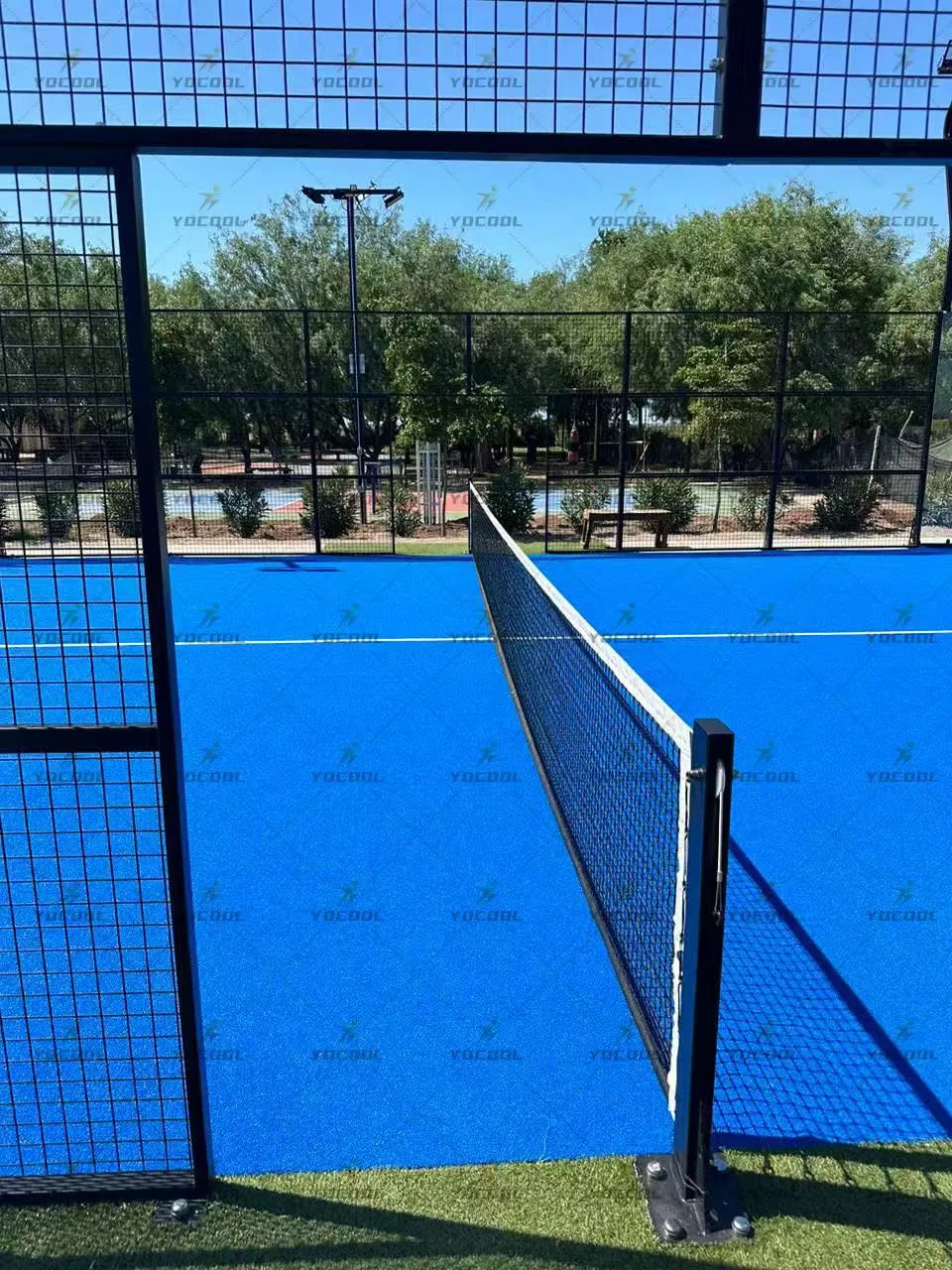

Paddle sports are experiencing a global surge in popularity, and with good reason. They combine the intensity of tennis with the quick reflexes of squash, all packed into a fast-paced, engaging experience. Central to excelling in this sport is selecting the right equipment—specifically paddle racquet options that offer both control and power. A thoughtfully engineered racquet can transform a casual player into a serious contender. Whether you're playing competitively or just looking to elevate your weekend matches, upgrading your paddle gear can deliver immediate improvements in performance and comfort.

Selecting a paddle racquet involves more than aesthetics. Mid-weight racquets are typically preferred for their balance of maneuverability and shot power. However, the materials used—such as carbon fiber or fiberglass—can drastically affect your feel and responsiveness during play. When considering a racquet, pay close attention to the grip thickness and hole distribution pattern in the hitting surface, as these features directly impact control and spin capabilities. While personal preference plays a part, players often find that well-balanced racquets reduce fatigue over time and enhance strategic shot placement.
Finding the ideal paddle tennis rackets requires understanding how your playing style interacts with racket features. Defensive players tend to favor models with softer cores for extended rallies and better shock absorption. Meanwhile, aggressive players often lean toward harder cores that allow for faster, more penetrating shots. Top-tier paddle tennis rackets often feature vibration dampening technology and edge protection systems, both of which contribute to durability and player comfort. Investing in the right model will not only refine your technique but also minimize the risk of wrist or elbow strain.
The most reliable paddle tennis racquets are designed with cutting-edge construction processes that focus on weight distribution, stiffness, and surface texture. The surface roughness, in particular, can provide a competitive edge by enabling more topspin and slice. While advanced materials like Kevlar and 3K carbon may increase the cost slightly, they often deliver superior responsiveness and control, making them worth the investment. Players switching to elite-level paddle tennis racquets usually notice improved stability on off-center hits and quicker recovery times after extended exchanges.
An often-overlooked factor in player development is the paddle ball court itself. A clean, well-maintained surface with adequate lighting and perimeter space contributes significantly to the overall experience. While court dimensions are relatively standardized, surface types vary. Some players prefer turf with a fine sand infill, while others excel on acrylic or concrete bases. Regardless of preference, having a professional-grade paddle ball court helps simulate tournament conditions and allows for more effective practice sessions. It’s also important that courts include proper fencing and shock-absorbing wall padding to ensure player safety.
The market for padel tennis rackets has evolved to meet the demands of competitive athletes and recreational players alike. These racquets often feature tear-drop shapes, which provide a higher sweet spot and generate more natural power. When evaluating padel tennis rackets, consider whether the model aligns with your experience level. Beginners may benefit from wider frames with larger sweet spots, while professionals seek out narrower profiles for enhanced control. As the sport continues to grow, innovations in racket design are pushing boundaries and enabling players to execute more complex strategies with ease.
A key differentiator between entry-level and professional paddle racquets is the quality of materials. High-end models incorporate EVA foam cores and carbon-reinforced frames, which offer better vibration resistance and energy return. These elements are particularly beneficial during long matches or high-impact rallies.
The journey of paddle tennis rackets from basic wooden designs to technologically advanced gear has revolutionized how the sport is played. Today's rackets come with 3D textures, shock dampening systems, and ergonomically contoured grips, all tailored to improve accuracy and minimize injury risks.
The material composition and texture of a paddle ball court affect everything from ball bounce to slide control. Players looking for faster gameplay should opt for synthetic surfaces, while those wanting slower, more strategic matches might prefer clay-based courts or fine-sand artificial turf.
Q: How do I know which paddle racquet is right for my level?
A: Beginners should look for lighter, more forgiving racquets with larger sweet spots. Advanced players often prefer stiffer, heavier racquets that offer greater precision and shot customization.
Q: What is the main difference between paddle tennis rackets and padel tennis rackets?
A: While similar in shape, paddle tennis rackets tend to have solid cores, whereas padel tennis rackets feature perforated cores and are usually optimized for different playing environments and rules.
Q: How frequently should a paddle tennis racquet be replaced?
A: For regular players, replacing a paddle tennis racquet every 12 to 18 months ensures optimal performance, especially if you notice reduced responsiveness or visible wear on the surface.
Q: Does the paddle ball court surface affect racquet wear and tear?
A: Yes. Abrasive or sand-filled court surfaces can cause faster degradation of your racquet’s outer materials. Choosing protective edge guards can extend the lifespan of your equipment.
Q: Are padel tennis rackets suitable for other paddle sports?
A: Not exactly. While some crossover is possible, padel tennis rackets are specifically engineered for padel court dimensions and gameplay dynamics. Using them for other paddle sports may compromise performance and control.
Starts with Strategic Padel Court Solutions
Sports Facilities with Innovative Padel Court Construction
Revolutionize Sports Facilities with Custom Padel Court Construction
Master Industrial Racquetball Performance with Professional Equipment
Industrial Expansion Begins with Strategic Padel Court Construction Investments
Construct Future-Ready Sports Facilities with Industrial-Grade Padel Courts